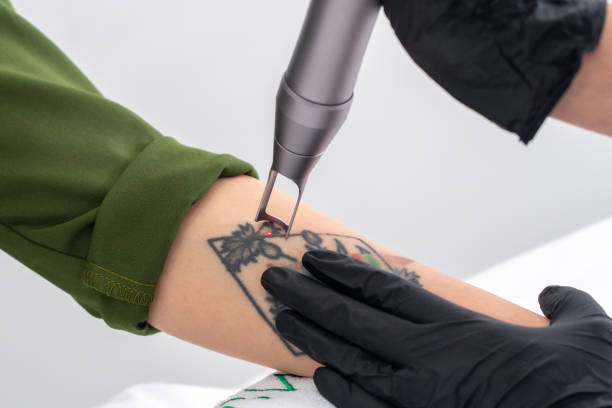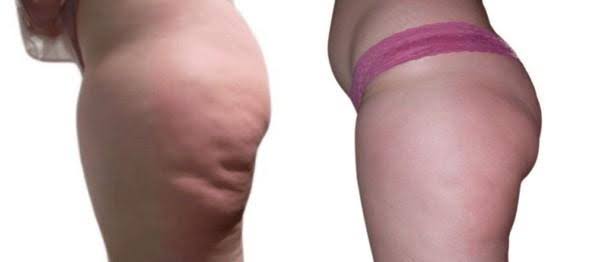
Tattoo Removal in the UK: Everything You Need to Know
Tattoo removal has become increasingly popular across the UK, especially in cities like London, where a large number of clinics offer this service. Whether you’re looking to remove a tattoo for personal reasons or to make room for new ink, modern technology has made tattoo removal safer and more effective than ever before.
In this article, we’ll explore how tattoo removal works, what to expect, and answer some frequently asked questions to help you make an informed decision.
What is Tattoo Removal?
Tattoo removal is a procedure designed to break down the ink pigments that are embedded in the skin. The most popular and effective method in the UK is laser tattoo removal, which uses high-intensity light beams to target the ink. As the laser breaks down the ink particles, your body’s immune system gradually removes them, fading the tattoo over time.
In London and other UK cities, laser tattoo removal is the go-to solution for individuals looking to erase or lighten unwanted tattoos. Leading clinics, such as those in central London, typically offer Q-switched lasers or picosecond lasers – two of the most advanced technologies in the industry.
How Does Laser Tattoo Removal Work?
Laser tattoo removal works by emitting pulses of light that penetrate the skin to break down the ink particles in the tattoo. Different wavelengths of light are used to target different colours of ink. Black ink, for example, is the easiest to remove, while colours like green and yellow can be more challenging due to their specific absorption wavelengths.
Most clinics in London use cutting-edge technology to ensure the best possible results, with picosecond lasers being particularly effective for tattoos with complex colouring and deeper ink layers.
Frequently Asked Questions (FAQs)
1. How Many Tattoo Removal Sessions Will I Need?
The number of sessions required depends on factors like the size of your tattoo, the colours used, the depth of the ink, and your skin type. Typically, most tattoos require between 6 to 12 sessions for complete removal.
In the UK, many clinics, especially in London, offer consultation services to assess your tattoo and give you an accurate estimate of the number of sessions you’ll need.
2. Does Tattoo Removal Hurt?
Laser tattoo removal can cause discomfort, but most clients describe it as a sensation similar to the snapping of a rubber band against the skin. The pain level varies depending on the area of the tattoo and your individual pain tolerance. Many clinics in London provide cooling devices or numbing creams to minimise discomfort during the procedure.
3. How Much Does Tattoo Removal Cost in the UK?
The cost of tattoo removal in the UK, particularly in London, depends on the size of the tattoo and the number of sessions required. On average, the price ranges from £50 to £300 per session, with larger tattoos costing more. Many clinics offer package deals for multiple sessions, which can help reduce the overall cost.
4. Can All Tattoos Be Completely Removed?
While most tattoos can be significantly faded or fully removed, complete removal isn’t always guaranteed. Factors such as ink quality, tattoo age, and the colours used can impact the outcome. In the UK, clinics with advanced laser technology, such as those in London, are often able to achieve better results compared to older methods, but some tattoos may leave a faint shadow or trace behind.
5. Are There Side Effects?
Common side effects of laser tattoo removal include redness, swelling, and blistering, which typically subside within a few days. In rare cases, patients may experience pigmentation changes, but these are usually temporary. Reputable clinics across the UK will provide aftercare instructions to ensure proper healing and reduce the risk of scarring.
6. How Long Will It Take to See Results?
Results vary depending on the size and colour of the tattoo, but you’ll usually notice significant fading after 3 to 4 sessions. Sessions are typically spaced 4 to 6 weeks apart to allow time for the skin to heal and the body to flush out the ink particles. Complete removal can take several months or up to a year, depending on your tattoo.
7. Can I Get Tattoo Removal If I Have Dark Skin?
Yes, tattoo removal is possible for individuals with darker skin tones, but it requires a cautious approach. Certain laser types, like the Q-switched Nd
laser, are designed to be safer and more effective on darker skin. Many UK clinics, especially in diverse cities like London, have experience treating a wide range of skin types, so it’s important to choose a clinic that understands your specific needs.Finding the Right Tattoo Removal Clinic in the UK
If you’re considering tattoo removal in the UK, especially in London, it’s crucial to choose a reputable clinic that uses the latest laser technology and has experienced practitioners. Look for clinics that offer free consultations to assess your tattoo and discuss the procedure in detail.
Always check online reviews, ask for before-and-after photos of previous clients, and ensure the clinic is licensed and regulated by the Care Quality Commission (CQC) or other relevant bodies.
Conclusion
Tattoo removal in the UK has come a long way, thanks to advancements in laser technology. Whether you want to completely remove a tattoo or simply lighten it for a cover-up, there are effective and safe options available.
Before starting your tattoo removal journey, consult with a qualified practitioner in a reputable clinic, ideally in a major city like London, where many top-tier clinics operate. Armed with the right information and choosing the right clinic, you can achieve your desired results safely and efficiently.




